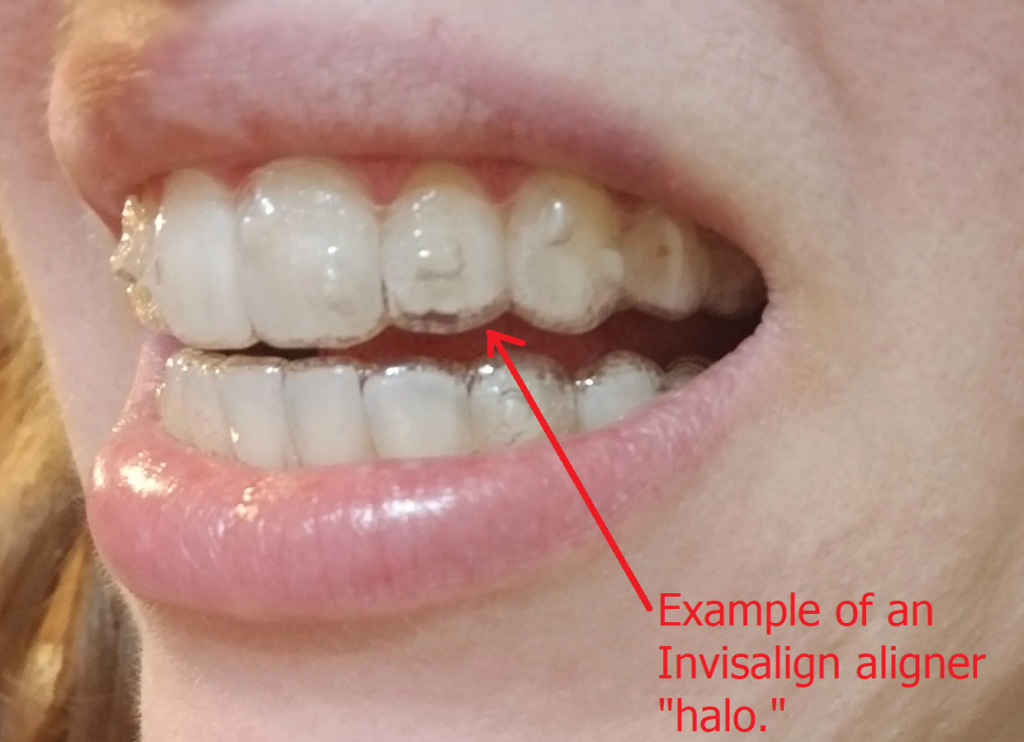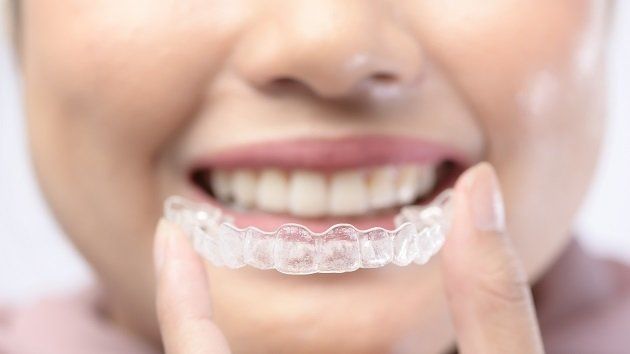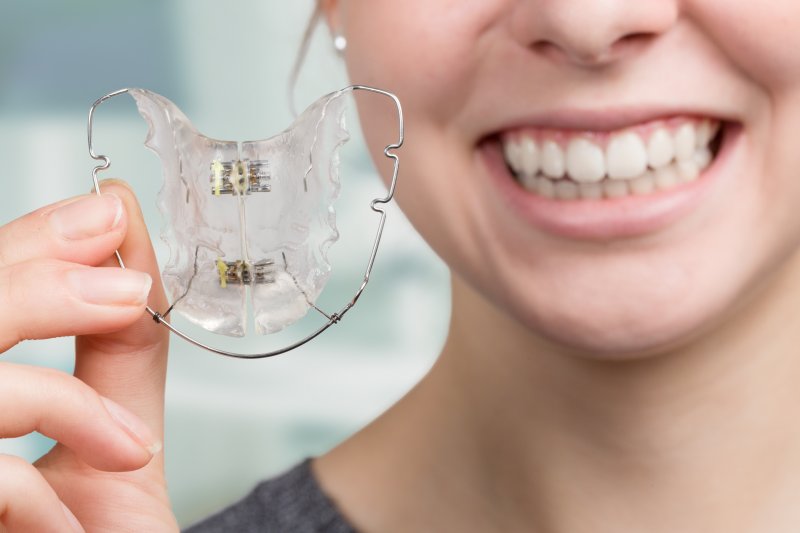Invisalign vs. Standard Dental braces: Which Option Is Right for You?
When thinking about orthodontic therapy, the option in between Invisalign and traditional braces presents a number of crucial aspects that merit cautious assessment. Invisalign offers a discreet option with removable aligners, while typical braces provide a much more visible yet reliable option for severe misalignment. Each choice includes unique benefits and drawbacks related to aesthetics, comfort, therapy period, and expense. Comprehending these nuances is important for making an educated choice that lines up with your personal preferences and way of living. The inquiry stays: which choice will best meet your orthodontic demands and assumptions?
Overview of Treatment Alternatives

In comparison, traditional braces contain steel braces and wires that are bound to the teeth. This approach uses continuous pressure over time to achieve positioning. While reliable for complex orthodontic concerns, traditional braces call for normal check outs for changes and can posture challenges in keeping oral hygiene as a result of the problem of cleansing around braces and cables.
Both choices have their merits, and the choice often depends upon specific dental problems, lifestyle preferences, and person compliance. Eventually, seeking advice from an orthodontic specialist is critical for determining the most suitable therapy strategy customized to specific requirements. Comprehending the subtleties of each alternative can significantly affect the total success of orthodontic treatment.
Visual Factors To Consider
A substantial aspect affecting the option between Invisalign and traditional dental braces is the visual charm each treatment provides. Invisalign aligners are crafted from clear plastic, making them practically unnoticeable when worn. This discreet look is especially attracting adults and teens that may feel uncomfortable about their orthodontic therapy. The capacity to preserve an all-natural smile throughout the alignment procedure can substantially enhance the person's self-confidence in social and expert setups.
In contrast, standard braces are composed of steel brackets and cords, which can be much more recognizable. While developments in orthodontic modern technology have brought about the advancement of smaller sized brackets and colored elastics, typical braces still preserve an even more conspicuous account. For some people, the visibility of dental braces might discourage them from looking for essential treatment.
Eventually, the selection between Invisalign and standard dental braces might depend upon personal choices regarding visual appeals. Individuals that focus on discretion typically lean towards Invisalign, while those who are less concerned regarding presence might opt for standard dental braces. Understanding the aesthetic ramifications of each alternative is essential for making a notified choice that aligns with one's lifestyle and preferences.
Convenience and Convenience

In terms of comfort, Invisalign aligners are detachable, making it possible for clients to enjoy their favored foods without restriction and preserve optimal dental hygiene. Brushing and flossing are streamlined, as the aligners can be Discover More gotten during these routines, whereas traditional braces call for cautious navigating around brackets and cords.
In addition, Invisalign's dynamic system enables fewer orthodontic brows through. Patients generally receive several sets of aligners at the same time, which can improve the treatment process and lower time spent in the orthodontist's chair. In contrast, typical dental braces require normal modifications, making them much less convenient for those with active schedules. Invisalign. On the whole, the comfort and comfort of Invisalign make it an appealing option for several individuals looking for orthodontic treatment.
Treatment Period and Performance
While both Invisalign and conventional dental braces are reliable in correcting oral imbalances, the period of treatment can vary dramatically in between both choices. Typically, Invisalign treatment can take anywhere from 12 to 18 months, relying on the complexity of the situation. The clear aligners function by progressively shifting teeth into their wanted positions, and routine follow-ups with an orthodontist aid ensure progress stays on the right track.
In comparison, conventional dental braces frequently need a longer dedication, generally ranging from 18 months to 3 years. This is due to their fixed nature and making use of cords and braces, which can be a lot more effective for severe imbalances and intricate situations (Invisalign). The therapy effectiveness of typical dental braces is well-documented, as they allow for exact adjustments and better control over tooth activity
Inevitably, the choice between Invisalign and traditional dental braces might rest on both the anticipated therapy period and the certain dental issues handy. Consulting with an orthodontist is crucial, as they can provide customized suggestions based on specific requirements, making sure the selected method straightens with preferred outcomes and durations.
Price Comparison and Insurance Alternatives
Expense plays a significant duty in the decision-making process for people thinking about orthodontic treatment, whether deciding for Invisalign or standard braces. On standard, the expense of Invisalign ranges from $3,000 to $8,000, while typical braces typically set you back between $2,000 and $6,000. Variables influencing these prices include the intricacy of the situation, the period of treatment, and geographical area.
Lots of dental insurance coverage strategies give partial protection for orthodontic therapies, but the specifics address can differ widely. Normally, traditional braces might be a lot more regularly covered by insurance coverage strategies compared to Invisalign, which some insurance providers categorize as an aesthetic treatment.
In addition, a number of orthodontic methods provide adaptable settlement plans, making both treatment options much more obtainable. Patients should inquire about potential funding alternatives and discounts for in advance settlements. Examining the overall expense, including insurance coverage benefits and layaway plan, is necessary for making a notified decision that aligns with both aesthetic choices and spending plan factors to consider.

Conclusion
In summary, the option between Invisalign and standard dental braces depends upon numerous variables, including aesthetic preferences, comfort, therapy period, and price. Invisalign supplies a very discreet, removable choice that assists in dental health and nutritional versatility, while standard braces may be better for complicated dental problems and commonly come at a lower price point. Inevitably, examination with an orthodontist is necessary to evaluate specific scenarios and identify the most proper treatment option for attaining ideal oral positioning.
When thinking about orthodontic therapy, the option in between Invisalign and standard braces provides several vital elements that warrant cautious evaluation.Comparing Invisalign and traditional dental braces reveals distinctive treatment choices for orthodontic correction.While both Invisalign and standard dental braces are efficient in dealing with dental imbalances, the duration of treatment can differ considerably in between the 2 choices.Price plays a significant function in the decision-making procedure for individuals thinking about orthodontic therapy, whether choosing for Invisalign or standard dental braces.In summary, the option in between Invisalign and conventional dental braces hinges look here on several variables, including aesthetic choices, convenience, treatment period, and price.